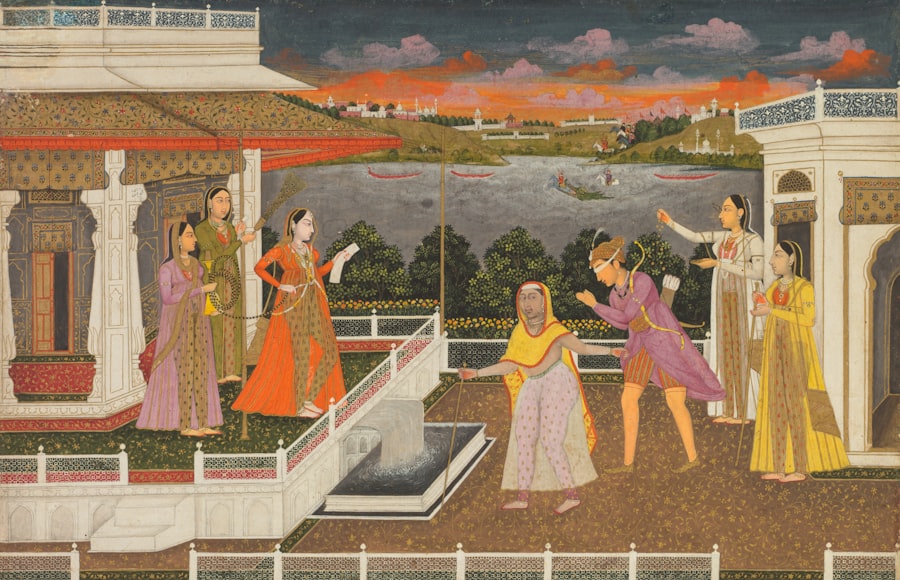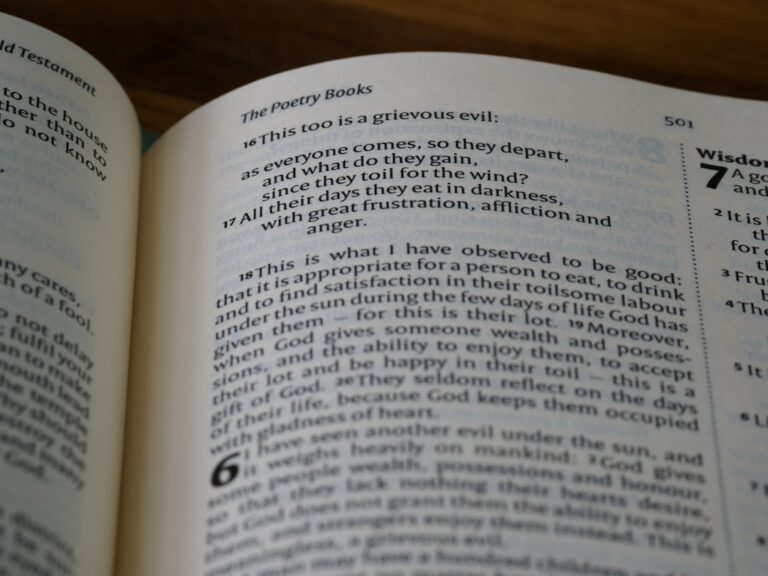The status of women in early India is a complex tapestry woven from various threads of cultural, religious, and social influences. The Vedic period, which spanned from approximately 1500 BCE to 500 BCE, marked a significant phase in the evolution of societal norms and gender roles. During this time, women were often depicted in texts as possessing a range of rights and responsibilities that reflected their integral role in both family and society.
However, the nuances of their position varied widely across different regions and communities, influenced by local customs, economic conditions, and the prevailing philosophical ideologies. In the early texts, such as the Rigveda, women are celebrated for their wisdom and strength. They are portrayed as scholars, poets, and even leaders, suggesting a society that recognized their contributions beyond mere domestic roles.
Yet, as time progressed, the societal structure began to shift towards more patriarchal norms, leading to a gradual erosion of women’s rights and autonomy. This article delves into the multifaceted role of women in early Indian society, exploring their influence, limitations, and contributions while tracing the evolution of their status over time.
Key Takeaways
- Women in early India held a significant position in society, with roles ranging from household management to political influence.
- Despite their power and influence, women faced limitations and restrictions in early Indian society, such as restrictions on education and property rights.
- Women in early India made significant contributions to society through their roles as mothers, wives, and leaders in various fields.
- Over time, the position of women in early India evolved, with changes in social, economic, and political structures leading to shifts in women’s roles and influence.
- Understanding the historical context of women’s position in early India is crucial for recognizing the complexities of gender dynamics in Indian society.
The Role of Women in Early Indian Society
In early Indian society, women held a variety of roles that were essential to the functioning of both family units and the broader community. They were not only caretakers of the household but also active participants in agricultural activities, trade, and religious rituals. The Vedic texts highlight the importance of women in performing sacred rites and rituals, indicating that they were seen as vital to maintaining the spiritual and social fabric of society.
For instance, women like Gargi and Maitreyi are mentioned as learned scholars who engaged in philosophical debates, showcasing that intellectual pursuits were not solely reserved for men. Moreover, women were often involved in economic activities that contributed to their families’ livelihoods. In agrarian societies, they participated in farming alongside men, managing crops and livestock.
This involvement was crucial for survival in a predominantly agrarian economy. Additionally, women played significant roles in weaving and textile production, which were vital industries in ancient India. Their contributions to these sectors not only supported their families but also facilitated trade and commerce within and beyond their communities.
Power and Influence of Women in Early India

The power dynamics surrounding women in early India were not monolithic; they varied significantly based on caste, class, and regional practices. In certain contexts, women wielded considerable influence within their families and communities. For example, royal women often held significant power as queens or regents.
Historical records indicate that some queens actively participated in governance and decision-making processes. The legendary figure of Rani Durgavati exemplifies this; she was a warrior queen who led her forces against Mughal invaders in the 16th century, demonstrating that women could ascend to positions of authority when circumstances allowed.
Many early Indian religions revered female deities, which reflected a certain level of respect for femininity within spiritual contexts. Goddesses like Durga and Lakshmi were worshipped for their strength and prosperity, symbolizing the reverence for feminine power. This veneration extended to the societal perception of women as bearers of culture and tradition.
Women were often seen as custodians of family values and rituals, which granted them a unique form of influence that transcended formal power structures.
Limitations and Restrictions on Women in Early India
Despite the notable roles women played in early Indian society, they also faced significant limitations and restrictions that curtailed their autonomy. The transition from the Vedic period to later historical periods saw a marked shift towards patriarchal norms that increasingly marginalized women’s rights. The Manusmriti, a key legal text composed around 200 BCE to 200 CE, codified many restrictions on women’s behavior and rights.
It emphasized male authority within the family structure and prescribed strict codes of conduct for women, including limitations on education and public participation. Marriage practices further exemplified these restrictions. The institution of marriage became increasingly transactional, with women’s roles being defined primarily in relation to their husbands and families.
The practice of dowry emerged during this period, placing an economic burden on families with daughters. Additionally, women’s mobility was often restricted; they were expected to remain within the domestic sphere and were discouraged from engaging in public life or pursuing education. This shift towards confinement marked a significant departure from earlier times when women enjoyed greater freedom and agency.
Women’s Contributions to Early Indian Society
Despite facing numerous challenges, women made substantial contributions to early Indian society that shaped its cultural landscape. Their involvement in agriculture was not merely supportive; it was foundational to the sustenance of communities. Women managed household economies, ensuring food security through their agricultural efforts while also participating in local markets as traders or artisans.
This economic participation was crucial for the development of trade networks that connected various regions of India. In addition to economic contributions, women played pivotal roles in preserving oral traditions and cultural narratives. They were often the keepers of folklore, songs, and rituals that passed down knowledge through generations.
This cultural transmission was vital for maintaining social cohesion and identity within communities. Furthermore, women’s contributions to literature and philosophy during the Vedic period cannot be overlooked; their intellectual pursuits laid the groundwork for future generations of thinkers and writers.
Evolution of Women’s Position in Early India

The evolution of women’s position in early India is marked by a series of transformations influenced by socio-political changes, religious developments, and economic shifts. As Indian society transitioned from the Vedic period through various dynastic rules—such as the Maurya and Gupta empires—women’s roles continued to adapt to changing circumstances. The rise of Buddhism and Jainism introduced alternative perspectives on gender roles that sometimes offered greater freedoms for women compared to orthodox Hindu practices.
During the Gupta period (approximately 320-550 CE), there was a notable resurgence in cultural achievements that included contributions from women in literature and arts. However, this era also saw a consolidation of patriarchal norms with an emphasis on women’s roles as wives and mothers within the domestic sphere. The dichotomy between women’s public contributions and private restrictions became more pronounced during this time.
The medieval period further complicated women’s status as regional kingdoms rose and fell, each with its own customs regarding gender roles. While some regions saw women gaining more autonomy—such as those involved in temple activities or local governance—others experienced stricter enforcement of patriarchal norms. The arrival of foreign influences during this time also introduced new dynamics into gender relations.
In summary, the position of women in early India was characterized by both empowerment and restriction. Their roles evolved through various historical phases influenced by cultural practices, economic needs, and social structures. Understanding this evolution provides valuable insights into the complexities surrounding gender dynamics in ancient Indian society and highlights the resilience of women who navigated these changing landscapes throughout history.
In exploring the dynamics of women’s roles in early India, it is essential to consider the broader context of socialization and education, as these factors significantly influenced women’s positions in society. An insightful article that delves into the relationship between socialization and education, examining the roles of various agencies such as family, peer groups, school, and media, can provide a deeper understanding of the societal structures that shaped women’s lives. For further reading on this topic, you can refer to the article titled “Socialization and Education: The Relationship Between Socialization and Education Agencies – Family, Peer Groups, School, and Media” available at this link. This article offers valuable insights into how these socialization agents contributed to defining the power and limits of women’s roles in early Indian society.
FAQs
What was the position of women in early India?
In early India, women held a complex and multifaceted position. They had both power and limits in various aspects of society.
What were the sources of power for women in early India?
Women in early India held power through their roles as mothers, wives, and daughters. They also had influence in religious and spiritual matters, as well as in certain economic activities.
What were the limits on women’s power in early India?
Women in early India faced limits on their power due to patriarchal social structures, which restricted their participation in political and public life. They also faced limitations in terms of property rights and legal autonomy.
How did religion and philosophy influence the position of women in early India?
Religious and philosophical beliefs in early India played a significant role in shaping the position of women. While some religious texts and traditions upheld the importance of women, others reinforced patriarchal norms and restrictions.
What were the key factors that determined women’s position in early India?
Women’s position in early India was influenced by factors such as social class, region, and specific historical periods. These factors shaped the opportunities and constraints that women faced in different contexts.























+ There are no comments
Add yours